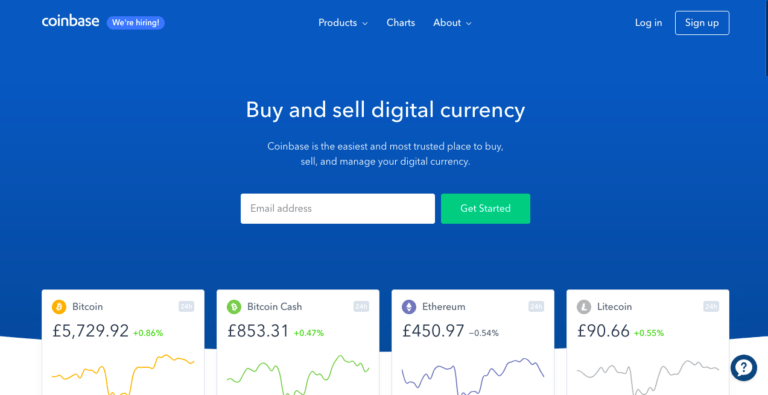On Friday (13 July 2018), Coinbase announced that it is exploring the idea of adding support for several new digital assets: Cardano (ADA), Basic Attention Token (BAT), Stellar Lumens (XLM), Zcash (ZEC), and 0x (ZRX).
Coinbase says that it is making this announcement “internally at Coinbase and to the public at the same time to remain transparent with our customers about support for future assets; this makes sense considering that in December 2017 around the time that Bitcoin Cash (BCH) was added, some people became very angry that some Coinbase employees knew about this addition to Coinbase before the public did and therefore they could have engaged in insider trading.
Furthermore, Coinbase wants us to understand that adding any of these new assets will need more exploratory work than adding Ethereum Classic (ETC), which is very similar to Ethereum (ETH), which Coinbase already supports; therefore, it is not guaranteeing that any of these assets will get listed. It wants everyone to understand several things:
- The listing process “may result in some of these assets being listed solely for customers to buy and sell, without the ability to send or receive using a local wallet.”
- Only certain ways of interacting with these assets may become enabled, e.g. only allowing deposits and withdrawals from transparent Zcash addresses.
- Some of these assets may be offered in only certain jurisdictions (at least, initially).
- Coinbase is not committing itself to listing any of these assets, or if any of them get selected, when that asset will get listed; the only commitment it is willing to make is to provide updates via its official blog and via Twitter.
- The fact that these assets are being considered does not mean that Coinbase has decided that they are not securities in the view of the U.S. Securities and Exchange Commission (SEC); the “legal analysis is ongoing and will vary by jurisdiction.”
Here are the reasons why Coinbase finds each of these cryptoassets interesting and worthy of consideration for adding to its platform:
- Cardano (ADA): Cardano protocol created by Charles Hoskinson, one of the co-founders of Ethereum; the focus on formal verification; the use of Haskell programming language; publication of long-term roadmap; and growing community.
- Basic Attention Token (BAT): The internal token of the Brave browser; the CEO of Brave is Brendan Eich, the inventor of Javascript and co-founder of Mozilla and Firefox; although the “initial purpose of the BAT token is to allow advertisers to pay for users’ attention when they view ads via Brave,” the BAT token can “potentially be used as a general digital currency for Brave user interactions with arbitrary websites.”
- Stellar (XLM): the protocol was developed by Stanford CS professor David Mazieres, Rust language author Graydon Hoare, and Jed McCaleb; the consensus protocol used by Stellar “is different from proof-of-work in that it allows and requires individual nodes to choose the set of other nodes they trust as a group… to give them accurate information about the state of the Stellar network.”
- Zcash (ZEC): uses “recent advances in cryptography to allow users to protect the privacy of transactions at their discretion”;
- 0x (ZRX): “several dozen independent projects have been built with the 0x technology, including relays and decentralized exchanges with tens of millions of dollars in collective transaction volume to date”; the project has mostly kept promises made in its whitepaper.
Since the announcement, all five of these cryptoassets have recorded big gains. At press time, according to CryptoCompare, the gains in the past 24-hour period are as follows: XLM up 11.86%; ADA up 10%; ZRX up 29.5%; ZEC up 16.9%; and BAT is up 22.59%.
Featured Image Credit: Interface Image Courtesy of Coinbase









